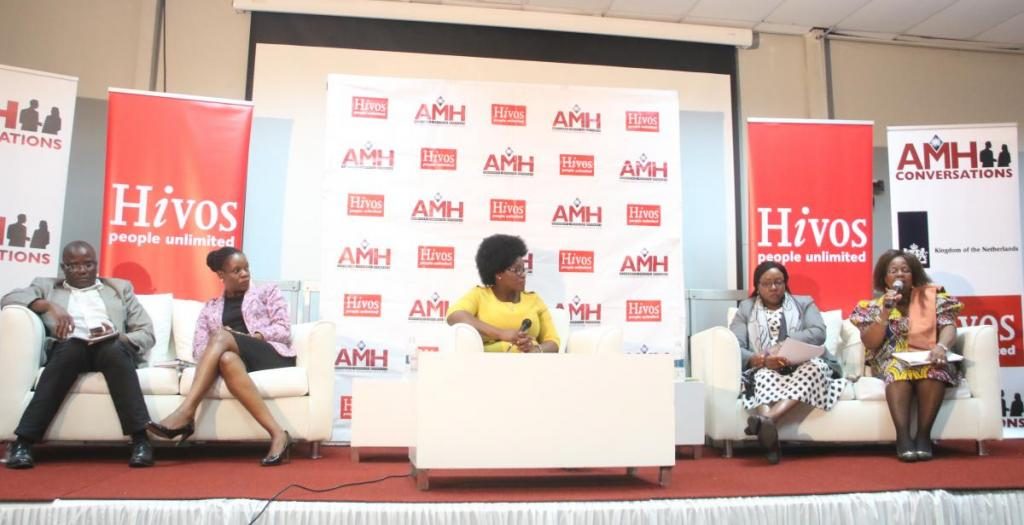Public Perception and Challenges Faced by Women in Zambia
A significant portion of Zambian citizens believe that the police and courts need to take more action to protect women and girls from discrimination and harassment. This sentiment highlights the ongoing challenges that women face in various aspects of their lives, including education, employment, and personal safety.
Educational Disparities
In Zambia, there is a noticeable gap in educational attainment between men and women. At the secondary level, only 39% of women have higher education compared to 49% of men. Similarly, at the post-secondary level, 6% of women have higher education, while 12% of men do. These statistics underscore the persistent gender disparities in access to education.
Despite these disparities, most Zambians (90%) believe that families rarely or never prioritize boys’ education over girls’. However, 9% of respondents indicate that this practice still occurs frequently. Additionally, one in five citizens (20%) report that schoolgirls often or always face discrimination, harassment, and requests for sexual favors from teachers. These findings suggest that while societal attitudes may be shifting, systemic issues remain prevalent.
Employment and Workplace Barriers
Among working-age adults, men are more likely than women to be employed full-time or part-time (30% vs. 17%). Both genders identify a lack of necessary education or skills as the main barrier to women’s entry and advancement in the workplace. About three in 10 respondents cite this as the primary issue. Furthermore, one in five citizens (20%) report that women are often or always prevented by their husbands or family members from taking on paid employment. These barriers not only affect women’s economic independence but also hinder their ability to contribute to the national economy.
Political Representation and Gender Equality
Support for gender equality in politics remains relatively strong, with seven in 10 Zambians (71%) believing that women should have the same chance as men of being elected to public office. However, this support has declined by 5 percentage points since 2022. Women show slightly stronger support for gender fairness (73%) compared to men (68%), and those with post-secondary education are significantly more supportive (90% vs. 59%).
Despite these positive sentiments, women remain underrepresented in political positions. Only 15% of Zambian parliamentarians are women, highlighting the need for continued efforts to promote women’s participation in decision-making processes.
Sexual Harassment and Gender-Based Violence
Sexual harassment and gender-based violence (GBV) are pervasive issues affecting women’s well-being and participation in society. One-fifth (19%) of adults say women often or always experience sexual harassment in public spaces such as markets, on the street, or on public transport. While more than half (61%) believe that women and girls are likely to be believed if they complain of discrimination or harassment, about two-thirds (65%) think that the police and courts need to do more to protect women and girls from such treatment.
Cultural attitudes towards domestic violence remain a challenge, with some still viewing it as a private matter. This mindset hinders efforts to address GBV and support survivors effectively.
Legal and Policy Efforts
Zambia has made progress in promoting gender equality through several legal and policy initiatives. The Anti-Gender-Based Violence Act (2011), the Gender Equity and Equality Act (2015), the Children’s Code Act (2022), and the Marriage Amendment Act (2023) banning all child marriages reflect the government’s commitment to addressing gender disparities. These efforts have contributed to Zambia’s rise in the Global Gender Gap Index 2025, moving from 92nd place to 79th.
However, despite these strides, women continue to face substantial disadvantages in many facets of life. Unequal opportunities and lower pay persist in the labor force, with women more likely to work in lower-paying sectors or face discrimination from employers. These disparities affect not only their financial stability but also their ability to contribute to the country’s economic growth.
Conclusion
The challenges faced by women in Zambia are multifaceted, ranging from educational and employment disparities to sexual harassment and gender-based violence. While there is growing awareness and support for gender equality, systemic barriers and cultural attitudes continue to hinder progress. Addressing these issues requires sustained efforts from both the government and civil society to ensure that women and girls can fully participate in all aspects of life.







